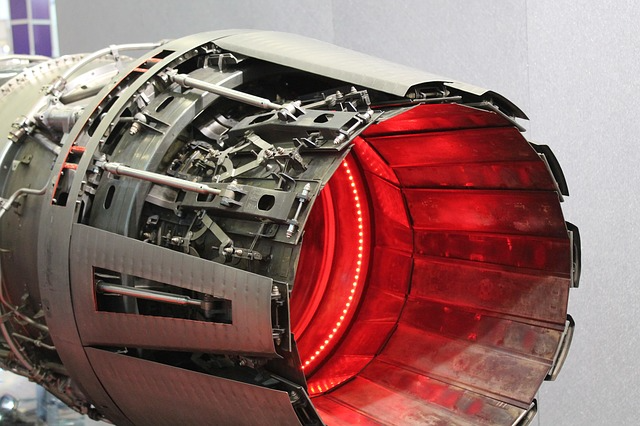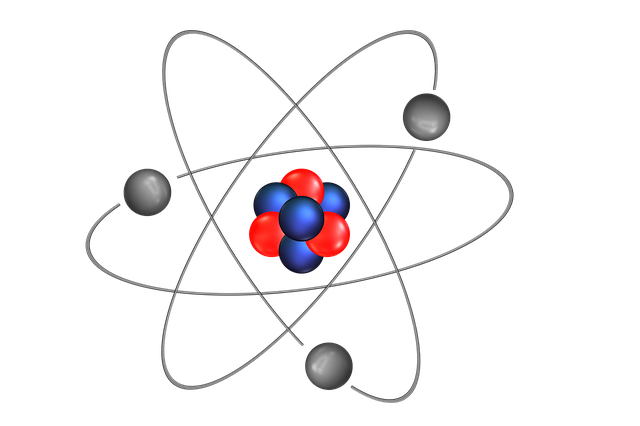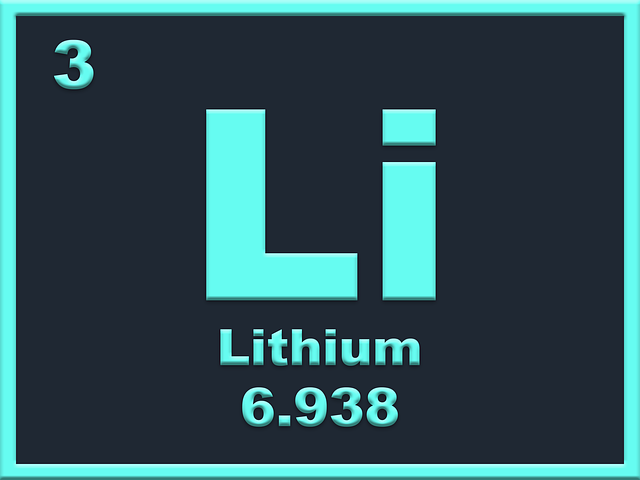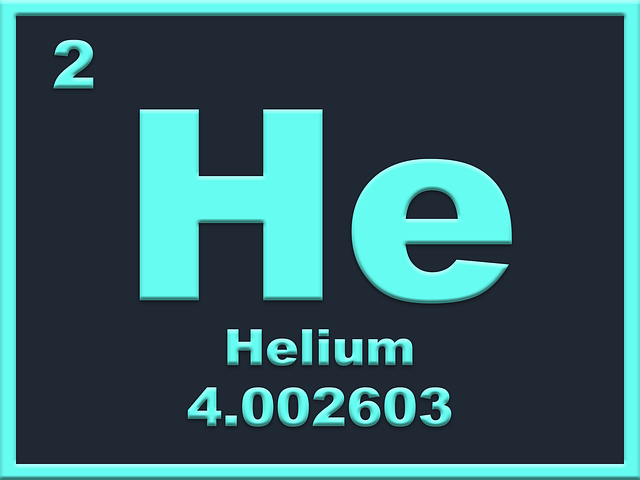Niobium has 5 valence electrons. Its electronic configuration is 1s2, 2s2, 2p6, 3s2, 3p6, 4s2, 3d10, 4p6, 4d4, 5s1. It has 41, electrons, 41 protons and 52 neutrons.
What is Niobium?
Niobium (Columbium) is a chemical element that has an atomic number (Z) 41. Its standard atomic weight is 92.906 and it is represented by the symbol Nb. In the periodic table, it is group 5 and period 5. Its electronic configuration is 1s2, 2s2, 2p6, 3s2, 3p6, 4s2, 3d10, 4p6, 4d4, 5s1. It has 41 electrons, 41 protons and 52 neutrons. It has a grey metallic appearance but turns bluish when exposed to air. Niobium is a transition metal with similar ductility to iron. At STP Niobium is Solid and it is a d-block element. Its melting point is 2750 K ?(2477 °C, ?4491 °F) and its boiling point is 5017 K ?(4744 °C, ?8571 °F). Its density at room temperature is 8.57 g/cm3. It is a paramagnetic metal and becomes a superconductor at cryogenic temperatures.
Niobium electro negativity is 1.6 (Pauling scale). Its oxidation state is −3, −1, 0, +1, +2, +3, +4, (+5) while its first ionization energy is 652.1 kJ/mol. Niobium has one stable naturally occurring isotope Niobium-93. While 32 radioisotopes have been synthesized. Niobium was first identified in 1801 by an English chemist Charles Hatchett. Later on, it was isolated by Swedish chemist Christian Wilhelm Blomstrand in 1864.
Niobium is considered to be the 34th most abundant element in the Earth's crust with an average concentration of 20 ppm. It is obtained from ores like coltan, pyrochlore and columbite. The major producers of niobium are Brazil and Canada. 85% of the world's Niobium comes from Brazil. Other producers are Australia, D.R Congo, Mozambique, Rwanda and Nigeria.
It has a wide range of uses some of the following are.
Niobium is used in different alloys. One such alloy of Niobium is C-103 alloy which is used in liquid rocket thruster nozzles.
Lithium niobate is used in optical modulators and surface acoustic wave devices.
Niobium is added to glass, making a higher refractive index and thinner and lighter glasses.
Niobium alloys such as niobium-titanium, Niobium-germanium and niobium-tin are used in type II superconductor wire. These wires are used in magnetic resonance imaging (MRI), nuclear magnetic resonance (NMR) and instruments like particle accelerators.
Niobium is used in super alloys like Inconel 718, which are used in advanced airframe systems and space equipment and rocket engines.
Niobium is used in super alloys with nickel, cobalt, and iron for applications such as jet engine components, gas turbines, rocket subassemblies, turbo charger systems, heat-resisting, and combustion equipment.





